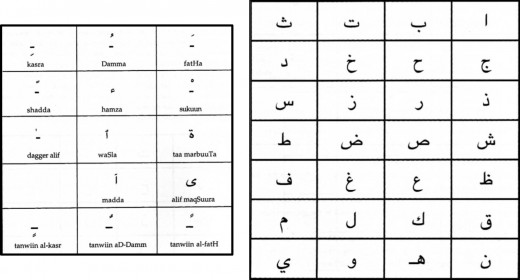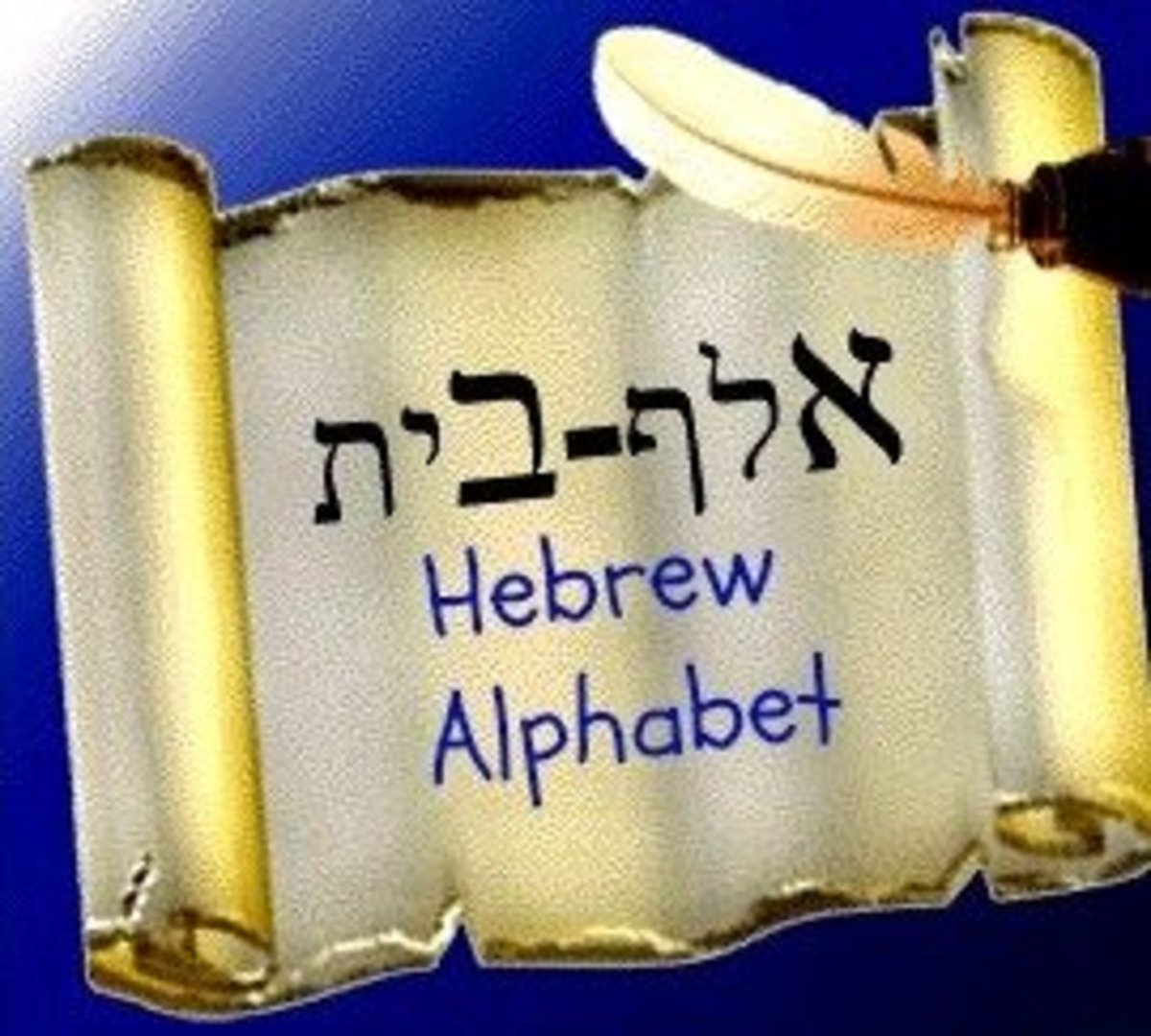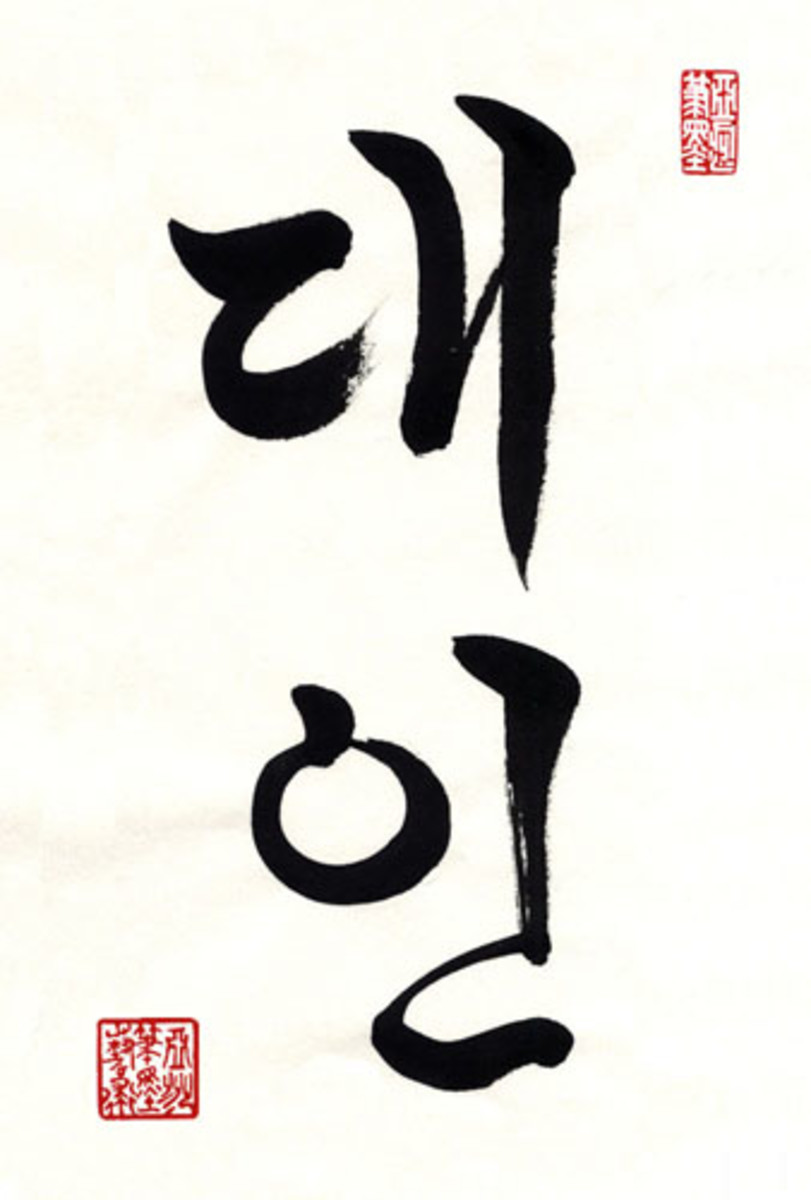What is the Arabic alphabet?
Introduction to the Arabic Alphabet
The Arabic alphabet contains 28 letters, made up of long vowels and consonants. In addition to these 28 letters, one unique symbol, hamza (ء ), plays a unique role as a vowel indicator. Inaddition to the alphabet, Modern Standard Arabic employs 14 symbols which function as short vowels, pronunciation markers and grammatical markers.
Arabic is a cursive language, meaning that letters are connected to each other in most cases. The shapes of the letters change slightly, depending on whether a given letter occurs at the beginning of the word (initial position), the middle of the word (medial position) or the end of the word (final position).
Arabic alphabet

More about writing in Arabic
As a member of the major Afro-Asiatic language family, and the more closely related Semitic language group, the Arabic written language has certain unique characteristics.
-
Arabic is written from right to left.
-
Unlike the Latin alphabet, letters are connected in both printed and written script.
-
Each letter has an essential quality which is preserved, whether the letter occurs in initial position, medial position, or final position in a word. There are specific dots which occur above or below some of the letters which gives each letter its unique shape.
-
The majority of Arabic letters are written on the line; however, there are also certain letters that extend above and/or below the base line. These configurations may vary based on the letter position (initial, medial and final).
-
The short vowels and other pronunciation and grammatical markers – called diacritical marks – do not generally appear in printed and written text, such as in newspapers, books and magazines, unless they are needed to eliminate ambiguity. The exception to this is the Holy Qur’an, which includes all vowel markings.
-
There are 6 letters (“non-connectors”) in the Arabic alphabet which only connect from the right side, and therefore must never connect to anything following them on the left. . These letters are:
alif (ا)
waaw (و)
zay (ز)
raa (ر)
dhaal (ذ)
daal (د)
-
There is one consonant, hamza (ء ), which is unique in Arabic, as it represent the absence of any sound. Arabic recognizes what linguists call a glottal stop – a consonant because the voice actually halts for a fraction of a second. The equivalent can be described in English as a word that begins with a vowel, or the break that occurs when one says, “uh-oh.” Arabic recognizes this non-sound, or break in sound, as a consonant.
In Arabic, there are no words which actually begin with a vowel. Instead, to the untrained ear, those words which sounds as if they begin with a vowel, actually begin with a hamza. When hamza occurs at the beginning of a word, it “sits” on the letter alif (ا ). If the hamza occurs in the medial or final position of a word, there is the possibility that it can sit on alif, waaw, or yaa (without dots) or by itself, on the line: ء أ ؤ ئ
-
Arabic has two semi-vowels, waaw (و) and yaa (ي), which can function as either consonants or vowels. They serve also as the basis for the 2 diphthongs in Arabic, which are part-vowel and part-consonant sounds combinations: -aw (as in “how”) and -ay (as in “say”)
-
Emphatic or “majestic” consonants affect the quality of the vowels around them. For example, they transform an alif “aa” sound into a deeper “aw” sound. The emphatic or majestic consonants are:
Qaaf (ق)
Dhaa (ظ)
Taa (ط)
Daad (ض)
Saad (ص)








